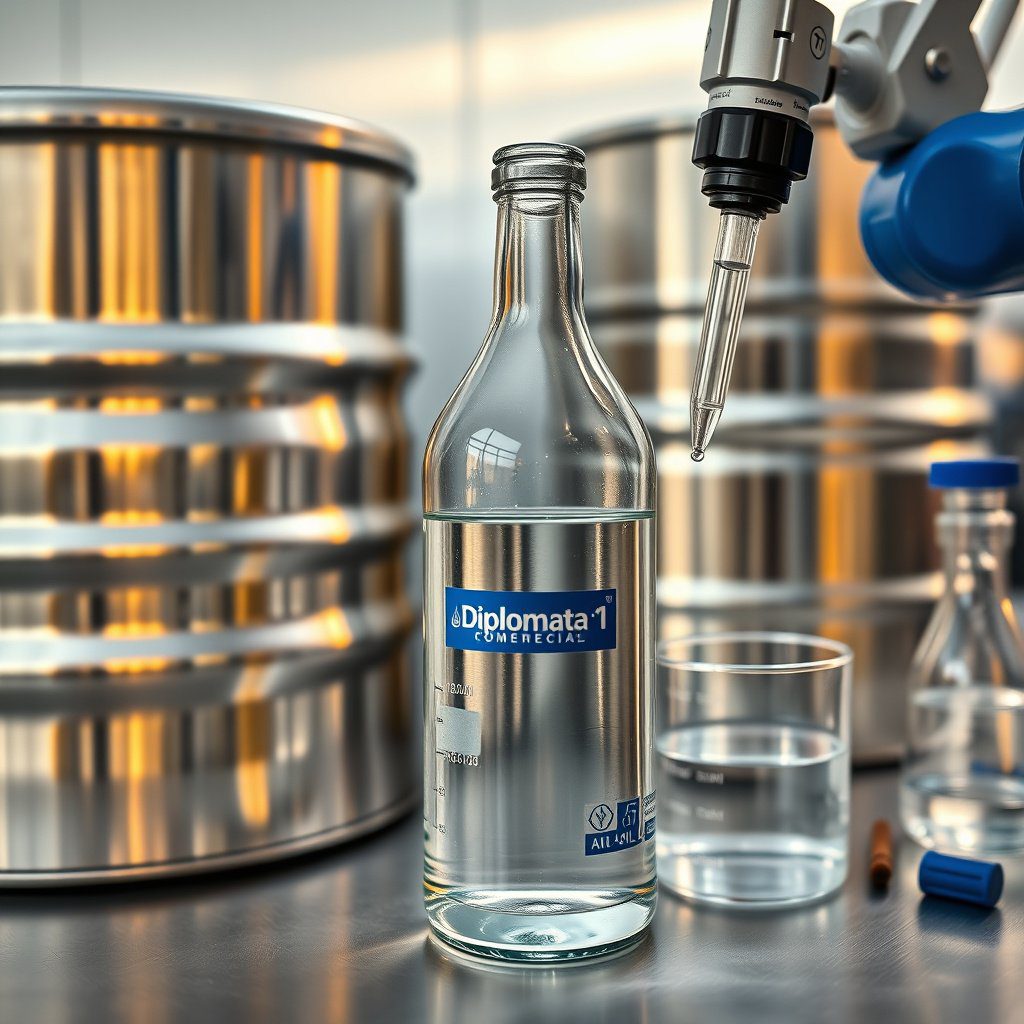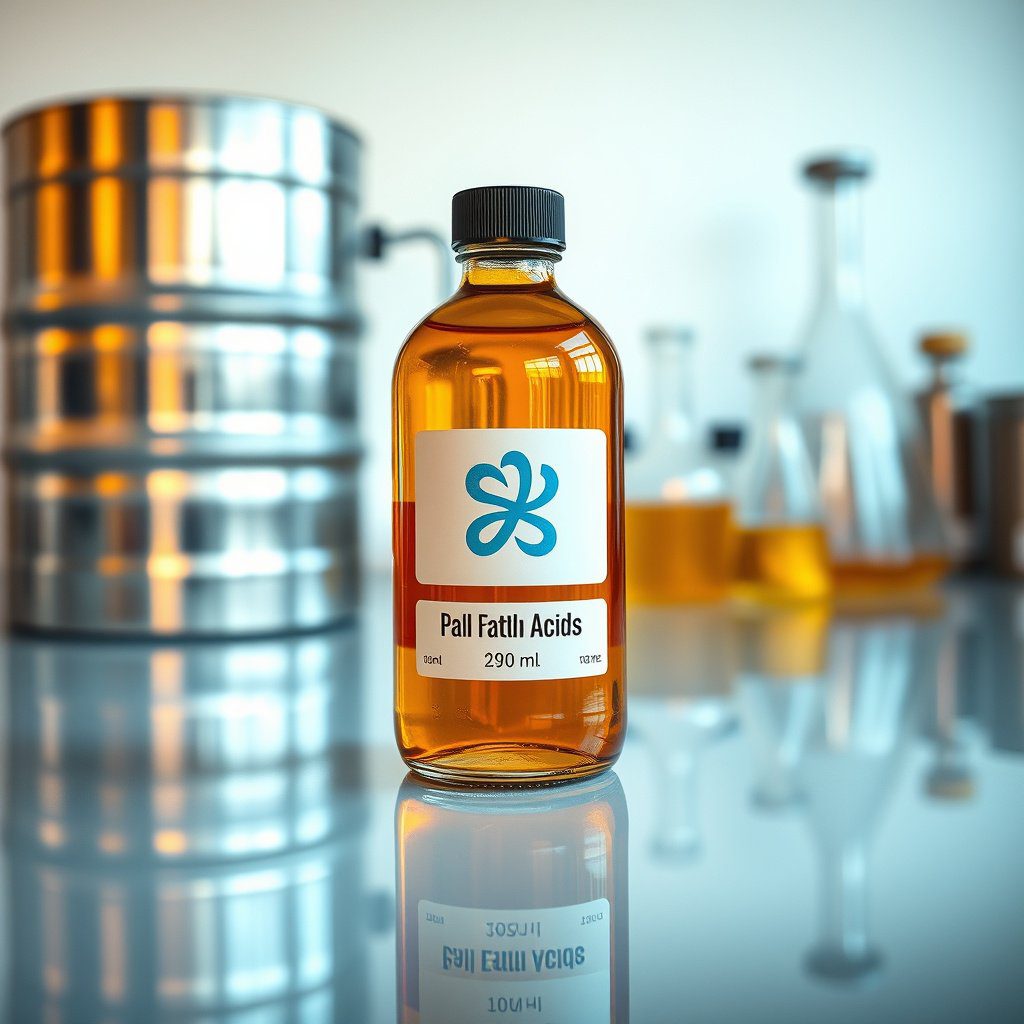Glycerin Product Specifications Overview
Glycerin, also known as glycerol, is a colorless, odorless, and viscous liquid that is widely used in various industries, including pharmaceuticals, cosmetics, and food. The specifications of glycerin products are crucial for ensuring quality and compliance with industry standards. Understanding these specifications helps manufacturers and consumers alike to select the appropriate grade of glycerin for their specific applications.
Types of Glycerin
Glycerin products are typically classified into three main categories: crude glycerin, refined glycerin, and pure glycerin. Crude glycerin, a byproduct of biodiesel production, contains impurities and is less expensive but may not be suitable for all applications. Refined glycerin undergoes a purification process to remove impurities, making it suitable for a broader range of uses, including food and pharmaceutical applications. Pure glycerin is the highest grade, characterized by its exceptional quality and is often used in high-end cosmetic formulations.
Purity Standards
The purity of glycerin is a critical specification that can significantly impact its performance in various applications. The industry standard for food-grade glycerin typically requires a purity level of 99.7% or higher. Pharmaceutical-grade glycerin must meet stringent regulations, often requiring a purity of 99.9% or above. These high purity levels ensure that the glycerin is safe for consumption and effective in its intended use.
Moisture Content
Moisture content is another essential specification for glycerin products, as excessive moisture can affect the stability and shelf-life of the product. Generally, the moisture content in refined and pure glycerin should not exceed 0.5%. Manufacturers often conduct tests to ensure that their glycerin products comply with these moisture standards, which are critical for maintaining product integrity.
Viscosity Measurements
Glycerin’s viscosity is an important characteristic that influences its behavior in formulations. The viscosity of glycerin can vary depending on its temperature and concentration. Specifications typically require viscosity measurements at specific temperatures (e.g., 20°C or 25°C). Understanding the viscosity of glycerin helps formulators determine its suitability for various applications, such as in creams, lotions, and pharmaceutical preparations.
Color and Appearance
The color and appearance of glycerin are also specified to ensure consistency and quality. High-quality glycerin should be colorless and clear, without any visible impurities or sediment. Color measurements, often assessed using the Gardner color scale, help manufacturers maintain product quality and meet customer expectations.
pH Levels
The pH level of glycerin products is an important specification that can influence their stability and compatibility with other ingredients. For most applications, glycerin should have a neutral pH, typically ranging from 6 to 8. This pH range ensures that glycerin is non-irritating and suitable for sensitive applications, such as in skincare and cosmetics.
Regulatory Compliance
Compliance with regulatory standards is vital for glycerin suppliers, especially those exporting to international markets. In the United States, glycerin products must adhere to FDA regulations and meet the specifications outlined in the Food Chemical Codex (FCC). Ensuring regulatory compliance not only builds trust with customers but also reinforces a company’s reputation as a reliable supplier of high-quality glycerin.
Applications of Glycerin
Glycerin’s versatility allows it to be used across various industries, including pharmaceuticals, food processing, cosmetics, and personal care products. In pharmaceuticals, glycerin serves as a solvent and humectant, while in food processing, it acts as a sweetener and preservative. In cosmetics, glycerin is valued for its moisturizing properties, making it a common ingredient in lotions, creams, and hair products. Understanding glycerin product specifications is essential for manufacturers to select the right grade for their specific applications.


